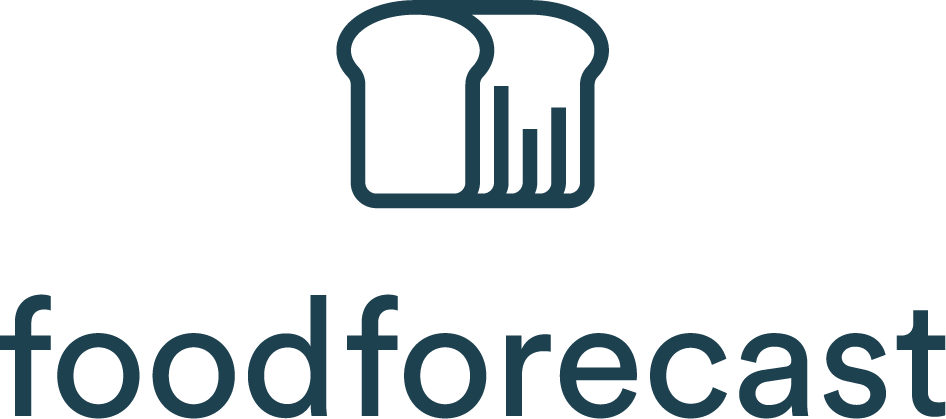Definition
A sales forecast is the prediction of how much of a product will be sold in a given period. The sales forecast is therefore particularly important for order planning and optimal order quantity.
There are several ways to determine sales forecasts, e.g:
- Historical Data Analysis: For sales forecasting, past sales data is analyzed to derive patterns and trends. Example: In recent years, sales have increased by 3%. So it is assumed that the sales forecast for the coming year will increase similarly.
- Market research: Studies and customer feedback can be helpful in determining the sales forecast to understand consumer behavior and future potential. For example, if a new product category is growing and interest in it is increasing, this may lead to a higher sales forecast for similar products.
- Competitor analysis: Observing the competition can provide important clues for future sales forecasts. For example, if a competitor launches a similar product, this can influence the sales forecast.
- Take external factors into account: The sales forecast becomes more accurate when, for example, the seasonal fluctuations of products (such as ice cream) or the influence of economic factors (such as inflation) are taken into account.
Sales forecasts with artificial intelligence
In particular, the use of artificial intelligence makes it possible to produce quite accurate sales forecasts. This is because very large volumes of data on historical sales figures can be combined with external factors such as seasonal fluctuations. Thanks to an accurate sales forecast, less is thrown away and companies can avoid food waste. At the same time, the availability of goods is increased and costs are reduced.
Areas of application of sales forecasts
Sales forec asting plays an essential role in companies for various areas. Here's how sales forec asts help:
- Optimize inventory levels and avoid bottlenecks or overstocks
- Ensure optimum production capacity
- Better tailor marketing and advertising campaigns to the needs of customers
- Optimize workforce planning, as the number of employees required and their deployment can be better planned
Request callback
We will be happy to call you back in a timely manner to speak with you personally

